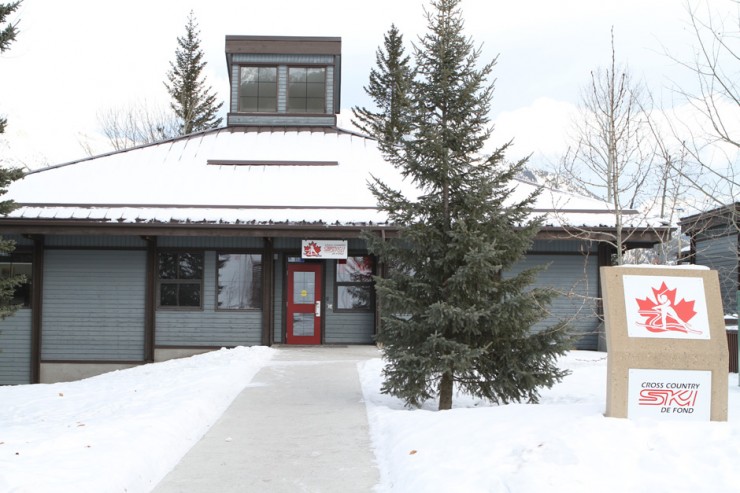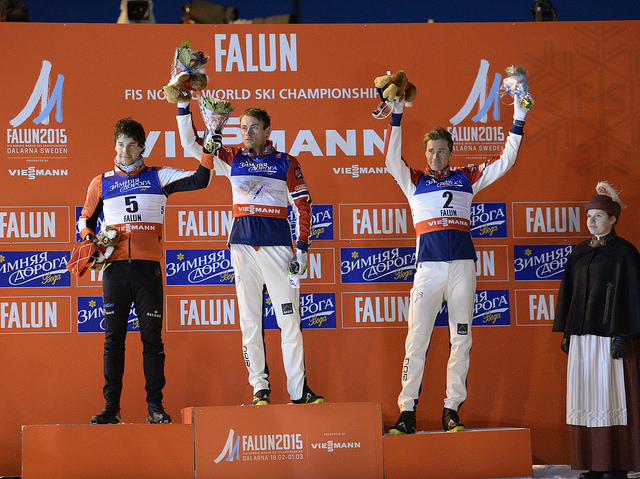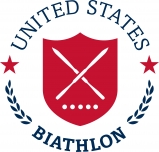
By Colin Abbott
FasterSkier’s coverage of the 2015 FIS Nordic World Ski Championships in Falun, Sweden, is brought to you by the generous support of L.L. Bean, now featuring a complete line of Kikkan Randall training wear.
FALUN, Sweden — By now most of the ski world and probably a number of people outside of it know about Alex Harvey’s standout result from Thursday. Harvey’s classic-sprint silver stood as his third-consecutive podium in three-straight World Championships.
What we see on TV and read in blogs highlight the results — the shiny finished products that we associate with greatness. What we don’t see is the production of those results; the hands and minds that build them and the organizational structures that establish environments where greatness is possible.
After disappointing Olympic results last year, Cross Country Canada (CCC) evaluated gaps that could have contributed to the lack of results at Sochi. If Thursday is any indicator, changes made last year to optimize results have worked. Tom Holland, CCC high-performance director, offers us some insight into the changes CCC made to improve skiing immediately and in the future for Canada.

FasterSkier: What changes did CCC make after Sochi that helped Alex reach the podium yesterday?
Tom Holland: We did a very in-depth analysis after Sochi of what worked, what didn’t work, what did we learn and what could we do better. In answering those questions, we went into this season with a significant decrease in our budget. So, it has been a year that has had to be focused on priorities.
One of those top priorities was to find things we could do better with ski preparation — in that respect our technical team and coaches were mandated to continue to innovate and research, this is the only way to stay ahead of the game with our ski fleet and ski preparation. Additionally we created a ski-pilot position, in a few key competition periods to support Alex Harvey; this has been a successful collaborative effort with our whole support team. We are very satisfied with the work our techs and coaches have done this year to close any gaps identified after Sochi.
FS: How will Harvey’s World Championships medal impact development of a stronger national team in Canada? Will Own The Podium (OTP) funding and/or Sport Canada (SC) funding be affected next year?
TH: How the national team performs at [World Championships] and [the Olympic Winter Games] impacts development, particularly in how Sport Canada allots AAP [Athlete Assistance Program] carding. OTP funding is performance-driven based on podiums and real podium potential. OTP is also starting to look at each sport’s 2022 podium potential. It is up to OTP to decide how they will distribute the limited money they have for winter sports. Medals help, however a very comprehensive HP [high-performance] plan is critical for OTP/SC funding.

FS: While we have already seen one standout result this week, the depth of the Canadian team is something that could be improved. What initiatives does CCC have in place to bring up the next generation of world cup medalists?
TH: This is outlined in the HP section of our business plan which is posted on the CCC website. In brief, we have some talented athletes now between the ages of 17 and 22. We need to be very supportive of this group of athletes, particularly in defining a clear long-term path for these athletes to 2022; this includes addressing key athlete retention factors that coaches and athletes have identified over the last year. In supporting this next generation of talent, we have to realize that success is not a straight upward curve — we have to stay the course with them to sustain their individual performance growth curve. We have developed a number of strategies to ensure this happens.

About the Author: Colin Abbott hails from the Yukon Territory where he learned to ski and race from a young age. Years later his life mostly revolves around skiing. At the moment, Colin is racing for the Yukon Elite Squad and the Carleton Ravens university team. He sits on the board of directors for Cross Country Canada and is involved in the education and womens committees there. He has also started writing ski-related articles for XCOttawa and FasterSkier and for the next week is supporting the Trinidad and Tobago team at FIS Nordic World Ski Championships.


